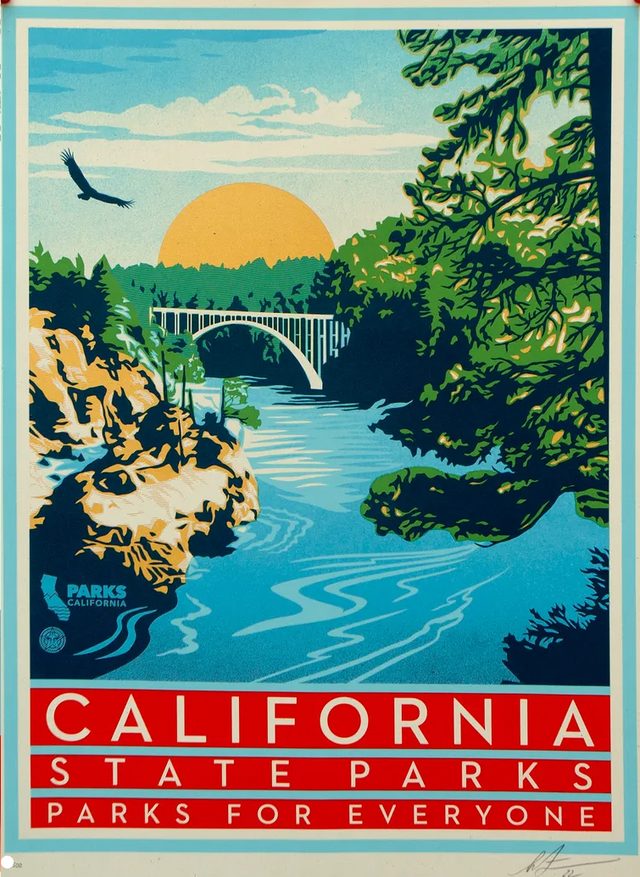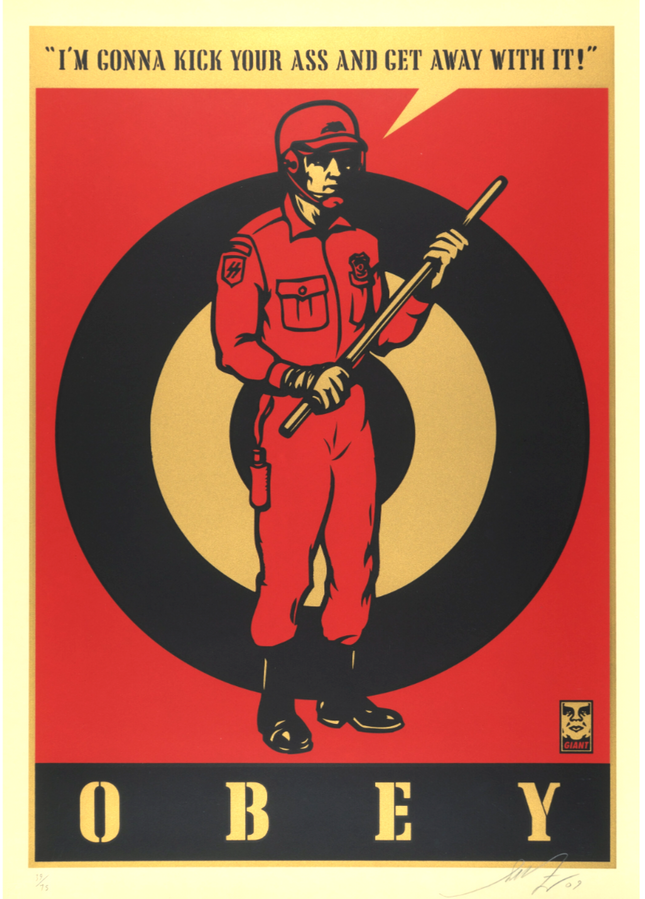
Graffiti Street Pop Art has long been a powerful medium of expression for many, and it is not uncommon for artists to use this form to voice their concerns, opinions, or support for various social and political issues. Protests in graffiti street pop art can take on various forms, such as murals, stencils, or large-scale installations, and they often address issues like injustice, inequality, or environmental concerns. Notable graffiti and street artists who have used their art for protest include: Banksy: One of the most famous street artists worldwide, Banksy's satirical and provocative works often address topics like war, capitalism, and authoritarianism. His murals have appeared in various locations, sparking discussions and debates on the issues he raises. Shepard Fairey: Known for his iconic "Hope" poster featuring Barack Obama, Fairey's work often focuses on political and social themes. His "Obey Giant" campaign, which features an imposing image of wrestler Andre the Giant, is a call to question authority and the way information is manipulated in society. Blu: This Italian street artist creates massive murals that tackle issues such as pollution, war, and political corruption. Blu's powerful and thought-provoking art has become an important part of the urban landscape in cities around the world. JR: A French artist known for his large-scale, black-and-white photographic installations, JR often works in conflict zones and impoverished communities to give a voice to the people living there. His "Inside Out" project encourages individuals worldwide to share their portrait and a statement about an issue they care about. Keith Haring: An influential figure in the New York City street art scene of the 1980s, Haring's vibrant, energetic murals often touched on social issues like AIDS awareness, drug addiction, and apartheid. Though he passed away in 1990, his work continues to inspire new generations of artists. These artists and many others have successfully used graffiti street pop art to protest and bring attention to various issues. Their work demonstrates the power of art as a means to engage with and challenge the status quo, fostering dialogue and change.

